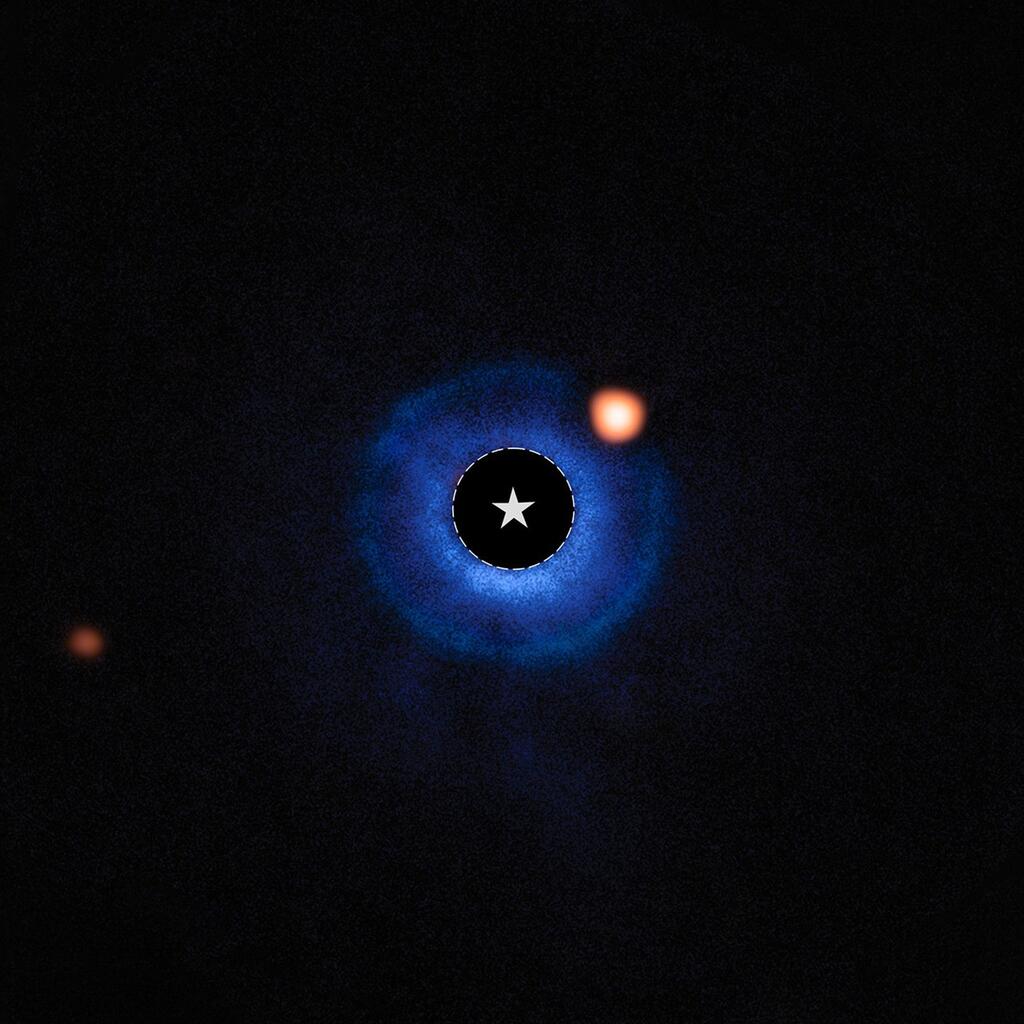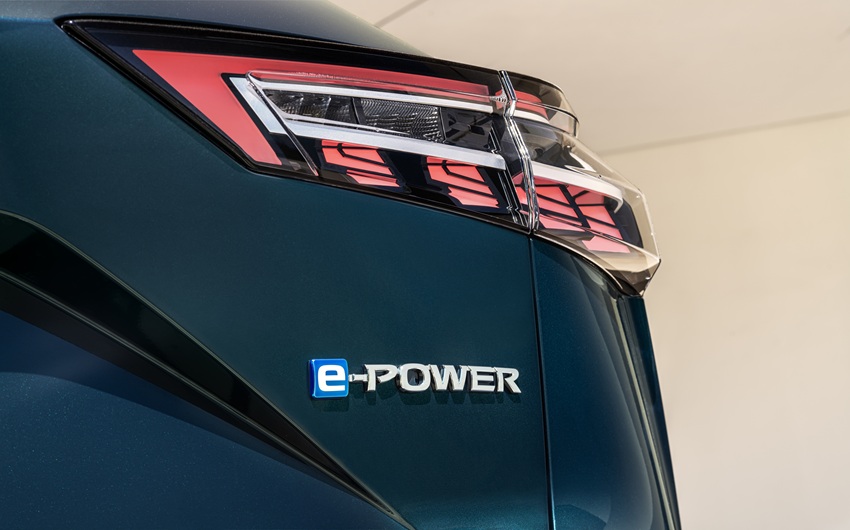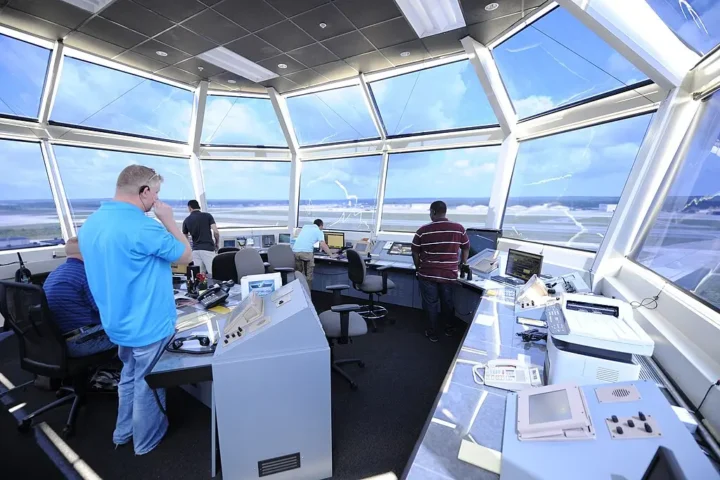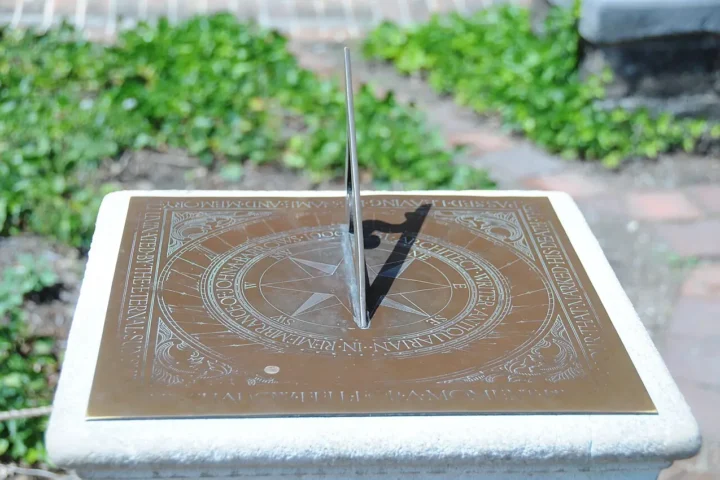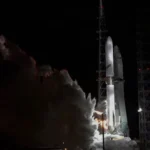The James Webb Space Telescope (JWST) has reached another milestone by directly capturing an image of its first newly discovered planet outside our solar system. The planet, named TWA 7b, is also the lightest exoplanet ever directly photographed.
Astronomers detected TWA 7b orbiting a young star about 111 light-years from Earth in the constellation Antlia. The gas giant is roughly Saturn-sized, with approximately one-third the mass of Jupiter or about 100 times Earth’s mass. This makes it 10 times less massive than any previously imaged exoplanet.
“Webb opens a new window — in terms of mass and the distance of a planet to the star — of exoplanets that had not been accessible to observations so far,” said Dr. Anne-Marie Lagrange, lead researcher from the French National Center for Scientific Research (CNRS) and Université Grenoble Alpes. “This is important to explore the diversity of exoplanetary systems and understand how they form and evolve.”
The discovery, published in Nature on June 25, 2025, was made possible by Webb’s Mid-Infrared Instrument (MIRI) equipped with a special device called a coronagraph. This French-produced technology blocks the bright light from the star, allowing the telescope to detect the much fainter heat signature of the planet.
Most of the approximately 5,900 exoplanets discovered since the 1990s have been found using indirect methods, such as measuring the slight dimming of a star’s light when a planet passes in front of it. Less than 2% have been directly imaged like TWA 7b.
What makes this discovery particularly interesting is that TWA 7b sits in a gap within the debris disk surrounding its star. This provides the first observational evidence of a planet actively shaping the material around its star through gravity.
Similar Post
The entire TWA 7 system is extremely young – only about 6 million years old compared to our 4.5-billion-year-old solar system. TWA 7b orbits its star at a distance about 52 times greater than Earth’s distance from the Sun, far beyond where Neptune orbits in our solar system.
The planet’s surface temperature is estimated at around 47°C (320 Kelvin), and it’s still glowing with heat from its recent formation. Scientists don’t yet know the composition of its atmosphere, though future Webb observations may provide answers.
“The basic problem is that the star is bright and the planet seems to be a little faint,” Lagrange explained, highlighting the technical challenge of the discovery.
While TWA 7b is the smallest planet ever directly imaged, it’s still much larger than Earth-sized planets that might potentially harbor life. Even with Webb’s advanced capabilities, directly imaging Earth-sized planets remains beyond its reach.

Looking ahead, Dr. Lagrange expressed hope: “I do hope the projects of direct imaging of Earth-like planets and searches for possible signs of life will become a reality.”
This breakthrough demonstrates Webb’s unprecedented sensitivity and opens the door to discovering and studying smaller planets orbiting farther from their stars, potentially revealing new insights into how planetary systems form and evolve.
